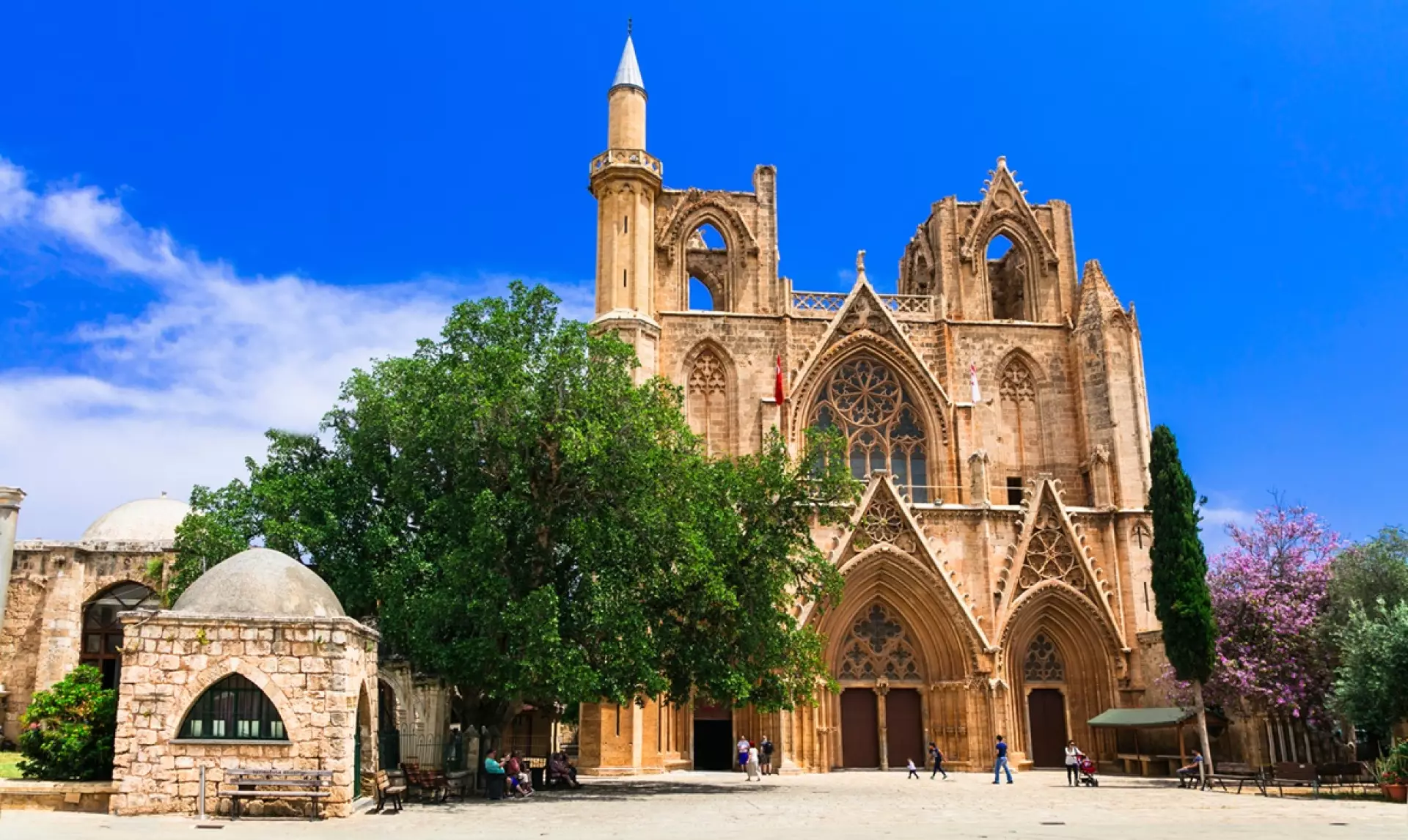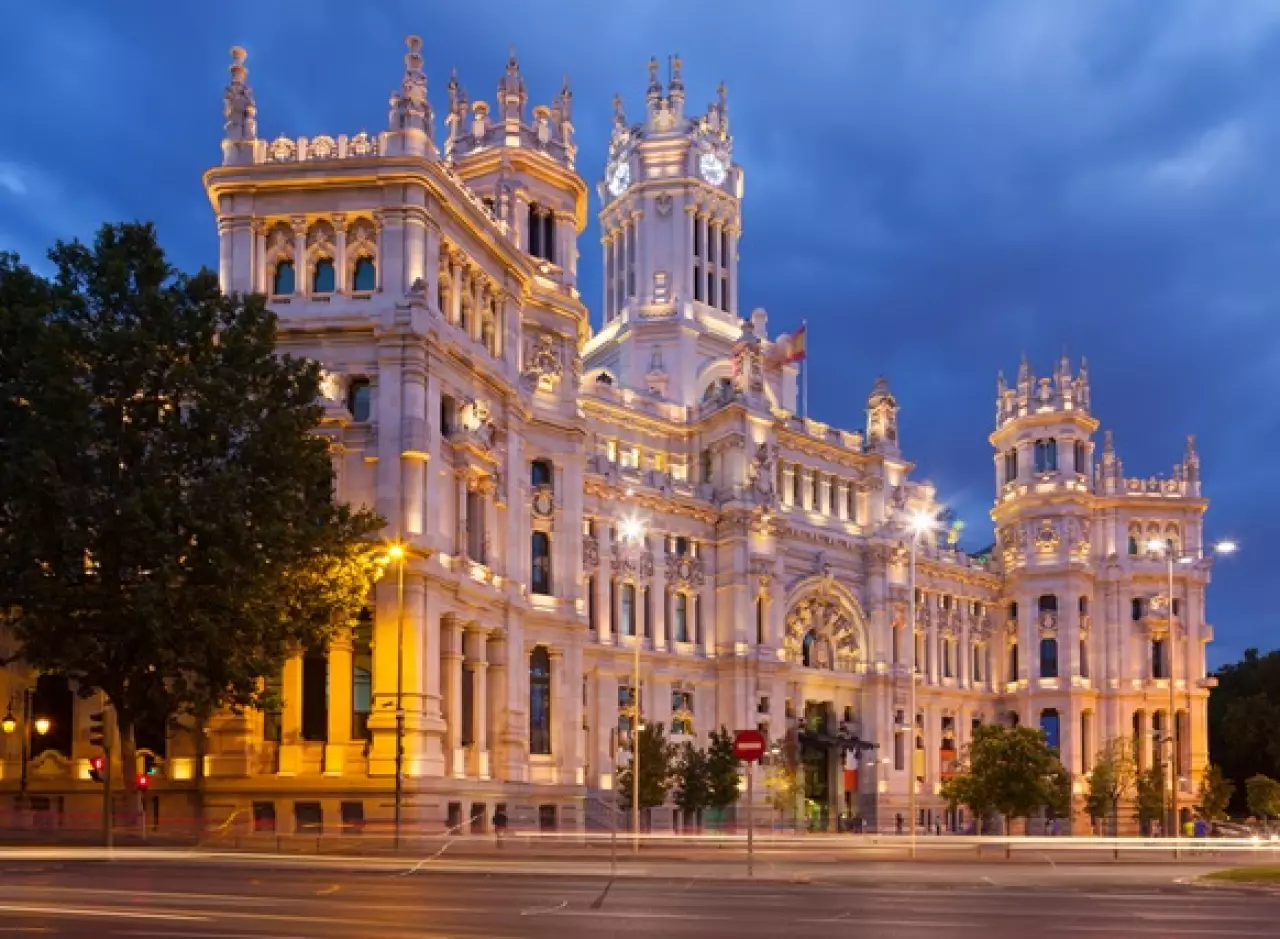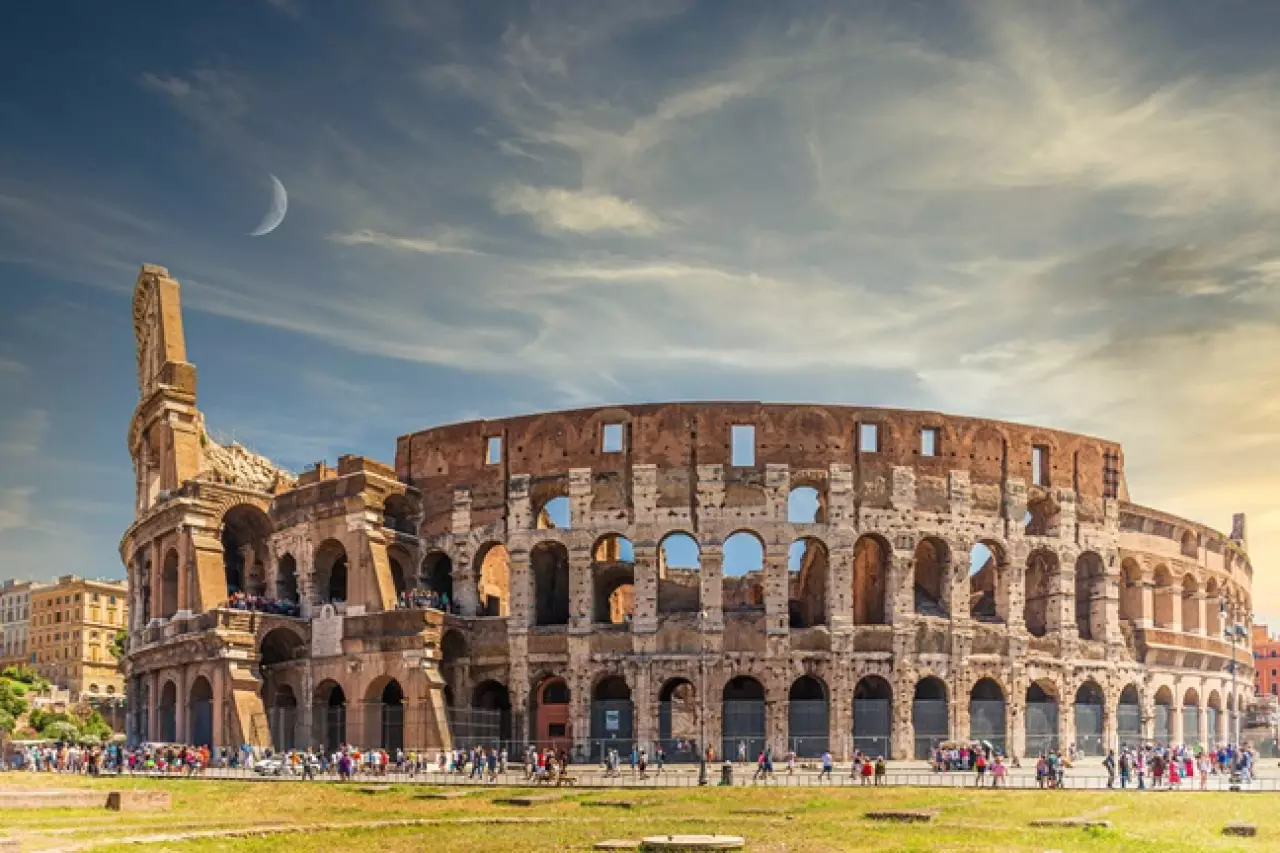Famagusta: Cyprus’s Walled Wonder of History, Culture, and Coastal Calm
Famagusta, also known as Gazimağusa, is one of Cyprus’s most intriguing and atmospheric cities. Located on the eastern coast of the island, it is a place where the echoes of empires still linger in the stone walls, where golden beaches meet Gothic cathedrals, and where a modern resort town lives beside a ghost city frozen in time. For travelers seeking depth, authenticity, and variety, Famagusta offers an unforgettable experience.
Unlike the bustling modernity of Limassol or the resort energy of Ayia Napa, Famagusta is quiet yet powerful, layered with history and alive with charm. It is a city of contrasts: past and present, Christian and Muslim heritage, abandoned and thriving, all blending together in a hauntingly beautiful seaside landscape.
Exploring the Walled City
The heart of Famagusta lies within its medieval walls, an impressive fortress system built during the Lusignan and Venetian periods. Walking through the narrow streets inside the walls feels like stepping into another era. Gothic churches, stone towers, Ottoman mosques, and crumbling façades whisper the stories of merchants, warriors, and poets who once walked these paths.
One of the most iconic landmarks is the former St. Nicholas Cathedral, now Lala Mustafa Pasha Mosque. This Gothic masterpiece with its pointed arches and stained-glass-style windows is a reminder of the city's days under French rule and its transition into Ottoman control. Its peaceful courtyard is often filled with birdsong and the quiet murmur of local life.
Othello Castle is another must-see within the old city. Believed to have inspired Shakespeare’s play, it offers stunning views from its battlements and a rare chance to stand atop history. Nearby, countless churches—some in ruins, others repurposed—dot the landscape, including the twin-towered Church of St. George of the Greeks and the smaller Church of St. Peter and Paul. These sites offer an open-air museum of faith, architecture, and resilience.
As you explore, you’ll find charming cafés tucked into old courtyards, souvenir shops selling handwoven lace and copper trinkets, and shaded squares perfect for an afternoon coffee. It’s a place best explored on foot, with no itinerary, just the freedom to wander and discover.
The Modern City and Seaside Ambiance
Outside the city walls, Famagusta extends into a modern, lived-in town with markets, restaurants, and a university population that brings a youthful energy. Streets are lined with local bakeries, fresh produce stands, and cozy tavernas serving Cypriot meze and fresh seafood. The pace is slower than in the island’s western cities, making it ideal for travelers who enjoy relaxed, immersive experiences.
The coast around Famagusta is equally alluring. Sandy beaches stretch along the eastern edge of the city, where the Mediterranean laps gently against the shore. Palm Beach, despite its proximity to the sealed-off Varosha zone, is open to visitors and popular with locals. The contrast between the serene sea and the abandoned buildings in the distance is both eerie and unforgettable.
Further south, beaches like Glapsides and Silver Beach offer clear waters, soft sand, and peaceful atmospheres ideal for swimming, sunbathing, and snorkeling. These areas are also dotted with small beach bars and seasonal taverns serving grilled fish and cool drinks under straw umbrellas.
Varosha: The Silent Story
Perhaps the most emotionally complex part of Famagusta is Varosha, the once-glamorous beachfront district that was suddenly abandoned during the events of 1974. Once a thriving tourist hub filled with grand hotels, boutiques, and summer villas, Varosha has remained fenced off for decades. Recently, limited areas have been reopened for walking tours, allowing visitors to see its frozen streets and timeworn façades.
Walking through Varosha is not about tourism in the usual sense—it is a solemn, powerful experience that tells a story of conflict, memory, and hope. The air is still, the buildings are silent, and the emptiness speaks volumes. It is a living monument to Cyprus’s complex recent history.
The Ancient City of Salamis
Just north of Famagusta lies one of the most important archaeological sites on the island: Salamis. This ancient Greek-Roman city features expansive ruins, including an open-air theater, gymnasium, Roman baths, and mosaic floors. Shaded by pine trees and surrounded by coastal views, Salamis is perfect for a half-day exploration that blends history, nature, and tranquility.
Walking through Salamis feels timeless. You can stand where philosophers once taught, where athletes trained, and where rulers once debated policy under the Mediterranean sun. The site is uncrowded, peaceful, and gives visitors the space to connect deeply with the island’s ancient soul.
Best Places to Stay in Famagusta
Though smaller than other Cypriot cities, Famagusta offers a surprising range of accommodations—from family-run guesthouses to beachfront resorts. Here are some of the best places to stay for comfort, charm, and convenience.
Arkin Palm Beach Hotel
One of the few hotels located right by the sea and near the edge of Varosha, this hotel combines modern elegance with historical significance. The private beach is clean and calm, and rooms offer panoramic sea views. It’s ideal for those who want to stay close to both history and nature.
Salamis Bay Conti Resort Hotel
Located slightly north of the city, this all-inclusive beachfront resort offers a large pool, private sandy beach, spa facilities, and entertainment options. It’s perfect for families and travelers looking for a full-service seaside holiday.
Port View Hotel
In the modern part of town, this mid-range hotel provides clean, stylish rooms and excellent service. Its location makes it easy to walk to both the old city and modern restaurants and cafés.
Mystical View Hotel
A smaller boutique-style property that focuses on quiet luxury and sea-facing balconies, this hotel suits couples and solo travelers who appreciate atmosphere and personalized service.
Boutique guesthouses within the Walled City
Several restored mansions inside the old town have been turned into atmospheric guesthouses. These offer a more traditional experience, with stone walls, courtyards, and a sense of timeless charm.
Local Cuisine and Dining
Famagusta offers a delicious blend of Mediterranean and Middle Eastern flavors. In local taverns and restaurants, you can savor grilled halloumi, slow-cooked lamb, fresh-caught fish, and seasonal vegetables prepared with olive oil, lemon, and herbs. Meze spreads are common—small plates of dips, salads, cheeses, and grilled meats that encourage long, sociable meals.
Many eateries are located within the old town or along the seaside, and there’s no shortage of coffee shops where you can try thick Cypriot coffee served in copper pots alongside traditional sweets like baklava or loukoumades.
When to Visit
Spring and autumn are the best times to visit Famagusta, with pleasant temperatures, clear skies, and fewer crowds. The sea is warm from late May through early November, making summer ideal for beach holidays, though July and August can be quite hot.
In winter, the weather remains mild, and the historic sites and quiet streets take on a peaceful charm. It’s an excellent season for travelers seeking reflection, photography, or deep exploration without the buzz of summer tourism.
A City That Stays With You
Famagusta is not just another stop on the map. It is a place that stirs the imagination and lingers in memory. With every archway, cobblestone, and salt-tinged breeze, the city invites you to slow down, look deeper, and feel more. Whether you’re drawn by its rich heritage, haunting beauty, or coastal peace, Famagusta promises an experience that is both unforgettable and uniquely Cypriot.





